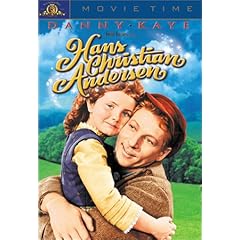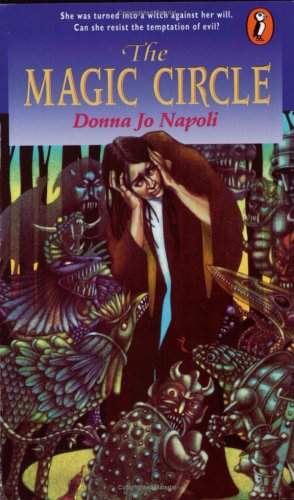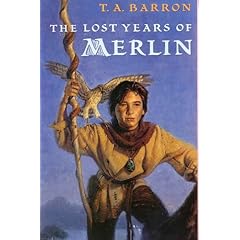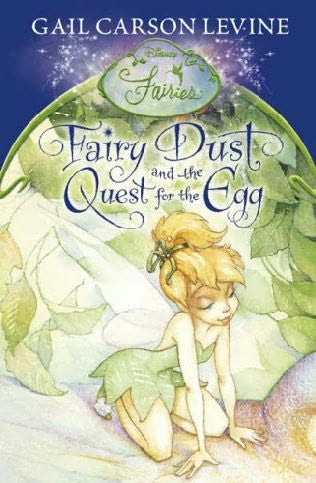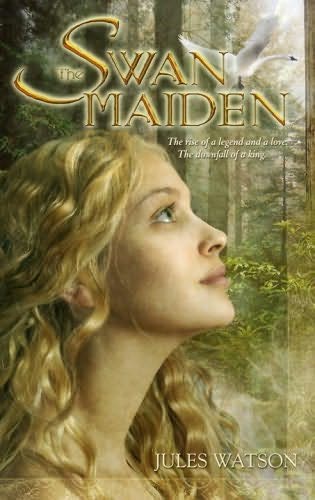Welcome to Banned Books Week on Fairy Layers! While not all of my selections are strictly fairy tale adaptations, I have made an effort to include books with fairy tales themes and tropes. All of the books selected for BBW (September 25th - October 2nd) have been banned or challenged for various reasons. I hope you enjoy!
Phillip Pullman's trilogy has certainly had its share of controversy over the years, particularly as the author has spoken out against C.S. Lewis's Chronicles of Narnia (I bet he's disgruntled at how often the two series get compared) and against the institution of the Church and organized religion. I think it likely that--although in the books the "Authority" of the church is portrayed as highly negative--a great deal of the controversy surrounding the books comes from Pullman's attitudes and explicit opinions about religion.
I will probably never read these again, but I'm glad I read them, especially since I found the audio version at the library, which is read by the author along with a really excellent cast. It made my long drives quite enjoyable, and I'd recommend the audiobooks in and of themselves if you like to listen to books.
So why will I never read these again? Not because of the religion (which isn't nearly so heavy-handed as people make it out to be) or because of the controversy. Because... they're sad. Satisfying, complete, but sad. (Also: that doesn't make them ban-worthy!)
Comprised of three books, Northern Lights/Golden Compass (depending on where you are); The Subtle Knife; and The Amber Spyglass, these truly are imaginative and adventurous stories, set in a series of worlds tied together and breached at the start of the books. Lyra and Will are two children who may be the only ones who can fix the tears between their worlds. This creative work draws you almost irresistibly into Lyra's world--I challenge you to read these books and not try to figure out how your daemon would appear.
Ironically, the thing that Pullman is most often accused of doing--denying religion and making an "athiest children's series," is one of the things I think his series fails to do. Although the central authority in the book is denied, the concept of "dust" that gathers around the children in the story turns out to be very like the Christian idea of the holy spirit. Oops? I guess you just have to take the art on its own terms, separate from the artist!
The first book was made into a movie in 2008, with some truly dismal box office records, due in part to the Catholic League getting behind a boycott of the movie. Which is a shame, because the casting was stellar, the special effects were top-notch, and the movie was a delicious marvel of steampunk imagery and artwork. The producers probably had an idea that that was a possibility, because they cut out what would probably have been another half hour of film from the end of the story, giving the movie a more satisfactory stopping place (the first two books definitely leave you wanting to keep reading).
All in all, I (East of the Sun, West of the Moon fan that I am) just can't object to a story about a girl riding a polar bear....










